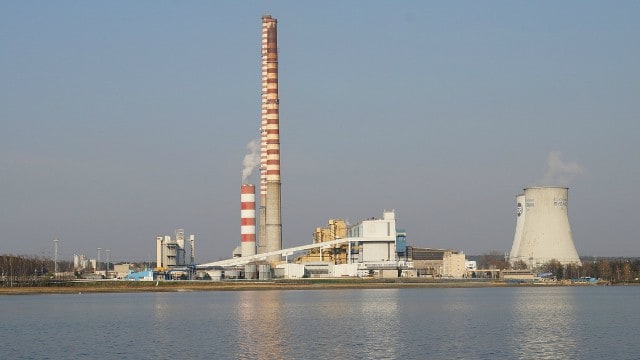Base metals and steel-making coal miner Teck Resources Ltd. (TSX:TECK.B)(NYSE:TECK) continues to attract considerable attention from investors because of the recent bounce in its financial performance which was triggered by the recovery in commodities. Claims that commodity prices, or, more specifically, steel-making or coking coal, copper and zinc will rally further has sparked much optimism about Teck’s ability to unlock further value.
Now what?
This comes after Teck’s impressive second-quarter 2017 results. Teck reported record coking coal production and a massive lift in zinc output because of record production at the Antamina copper and zinc mine in Peru. That coupled with higher coal and metals prices caused net profit to leap to over 190 times higher than it was a year earlier.
A key driver of that massive improvement was the 15 times increase in gross profit for its coking coal business.
Meanwhile, the profitability of Teck’s copper and zinc mining operations also rose, expanding by 106% and 55%, respectively.
Notably, for investors concerned about its financial health, Teck used the sharp uptick in cash flow to reduce its debt by a massive 21% to a more manageable US$4.9 billion.
The miner’s balance sheet will only get stronger. During the second quarter, Teck sold its interest in the Waneta Dam hydro-plant to Fortis Inc. for $1.2 billion, and this is expected to realize a $800 million pre-tax gain for the company by the end of this year.
That is all great news for a company that for two years was weighed down by the prolonged slump in commodities which triggered some concerns about whether it could remain a going concern.
Teck’s solid performance over the last two quarters, prompted by the recovery in coal and metals prices, allowed it to double its annual dividend in April, giving it a yield of just under 1%.
The significant recovery in commodity prices, particularly coking coal, was spurred on by higher demand from China and temporary supply disruptions in Australia. While the outlook for copper, which is responsible for generating 12% of Teck’s gross profit, remains optimistic, many of the positive factors that supported higher coking coal prices have waned.
Beijing’s stimulus has come off the boil, which means that investment in the construction of infrastructure — one of the biggest users of metals, including steel, copper, and zinc — is declining.
Of greater concern is that 2018 economic growth in China will weaken further. Along with Beijing’s moves to transition China away from an export-oriented manufacturing economy to one focused on domestic consumption and services, this will lead to softer demand.
In addition, the temporary supply disruptions in Australia have essentially come to an end. Many miners operating in Australia, including BHP Billiton Ltd., the world’s largest producer of coking coal, have moved quickly to ramp up production to take advantage of higher prices. This is not good news for Teck, because it derives 74% of its gross profit from steel-making coal.
Regardless, coking coal prices won’t sink to the lows witnessed during the commodities slump, primarily because of growing demand from India and earlier moves by Beijing to shutter non-economic production in China.
Nevertheless, it does mean that prices will remain under pressure and will more than likely soften, making it unlikely that Teck will experience another massive rally like the one witnessed at the end of 2016.
So what?
Teck’s recovery has been spectacular to say the least. While the company has come a long way since the dark days of late 2015, it is difficult to see any further outsized gains ahead for investors. Along with a paltry yield of just under 1%, even after allowing for the recent dividend hike, and coupled with Teck’s dependence on the downbeat outlook for coking coal, this makes it an unattractive investment.





